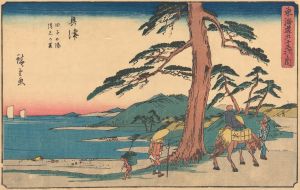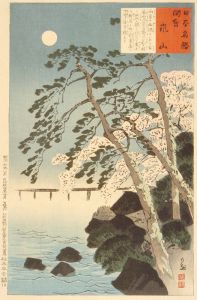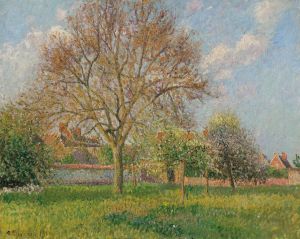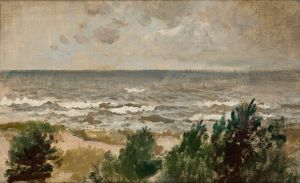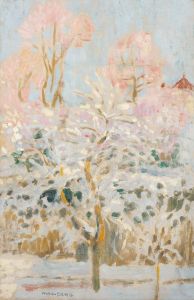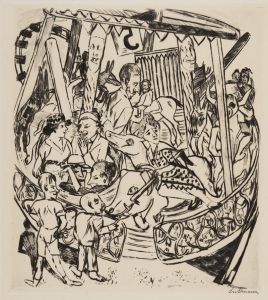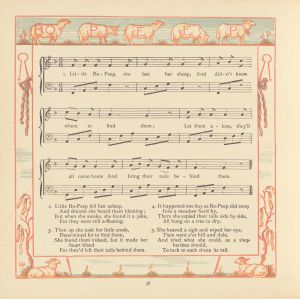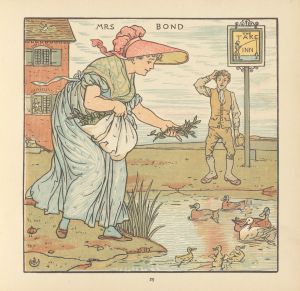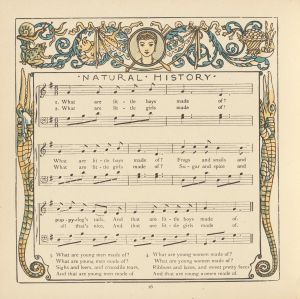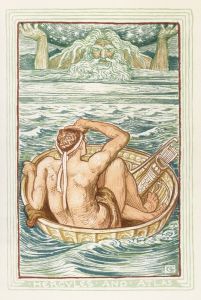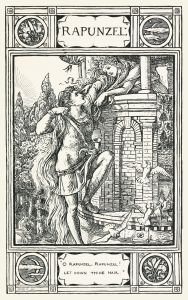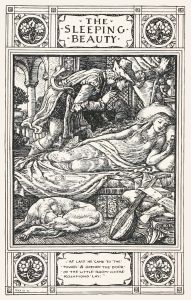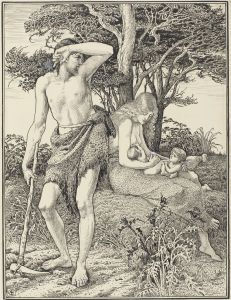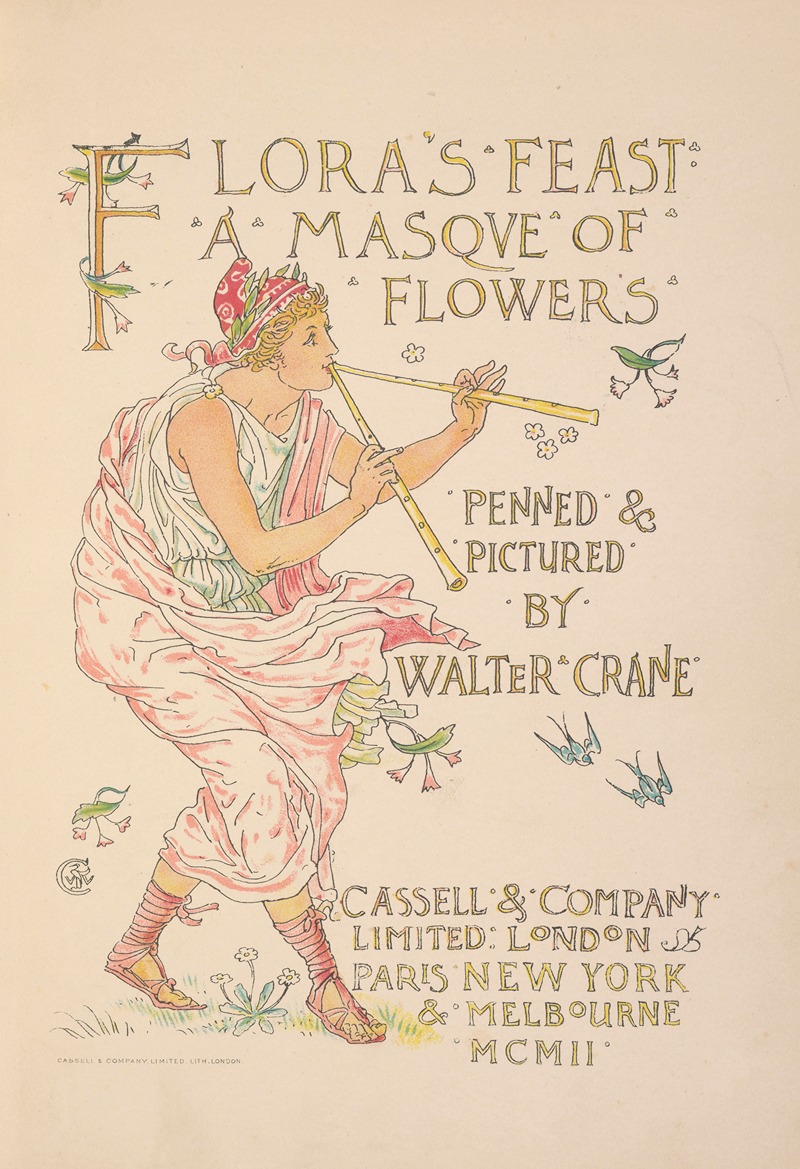
Flora’s feast; A masque of flowers Pl.01
A hand-painted replica of Walter Crane’s masterpiece Flora’s feast; A masque of flowers Pl.01, meticulously crafted by professional artists to capture the true essence of the original. Each piece is created with museum-quality canvas and rare mineral pigments, carefully painted by experienced artists with delicate brushstrokes and rich, layered colors to perfectly recreate the texture of the original artwork. Unlike machine-printed reproductions, this hand-painted version brings the painting to life, infused with the artist’s emotions and skill in every stroke. Whether for personal collection or home decoration, it instantly elevates the artistic atmosphere of any space.
"Flora’s Feast; A Masque of Flowers Pl.01" is an illustration by Walter Crane, an influential English artist and book illustrator. This particular piece is part of Crane's larger work titled "Flora's Feast: A Masque of Flowers," which was first published in 1889. The book is a celebration of flowers and the changing seasons, presented in the form of a masque, a form of festive courtly entertainment that flourished in 16th and early 17th century Europe.
Walter Crane (1845-1915) was a prominent figure in the Arts and Crafts Movement, which emphasized traditional craftsmanship and the decorative arts. He was known for his innovative and elaborate illustrations, which often featured intricate details and vibrant colors. Crane's work in children's books, in particular, has left a lasting legacy, influencing the field of illustration for generations.
"Flora's Feast" is a visual and poetic journey through the year, with each illustration representing different flowers associated with the months and seasons. The book is structured as a procession of flowers, personified and depicted in a whimsical and enchanting manner. Crane's illustrations are accompanied by verses that describe the flowers and their characteristics, blending art and poetry seamlessly.
In "Flora’s Feast; A Masque of Flowers Pl.01," Crane's mastery of line and color is evident. The illustration features a central figure, likely representing Flora, the Roman goddess of flowers and spring, surrounded by an array of blooming flowers. The composition is balanced and harmonious, with each flower meticulously rendered to capture its unique beauty. Crane's use of soft, pastel colors and delicate lines creates a sense of lightness and elegance, characteristic of his style.
The book "Flora's Feast" was well-received upon its release and remains a cherished example of Victorian book illustration. It showcases Crane's ability to blend artistic skill with literary imagination, creating a work that is both visually stunning and poetically rich. The illustrations in "Flora's Feast" reflect the Victorian fascination with botany and the natural world, as well as the era's interest in allegory and symbolism.
Walter Crane's contributions to the arts extended beyond his illustrations. He was also a painter, designer, and writer, advocating for social reform and the democratization of art. His work in the Arts and Crafts Movement aimed to make art accessible to all, challenging the industrialization of the time and promoting the value of handcrafted beauty.
"Flora’s Feast; A Masque of Flowers Pl.01" is a testament to Crane's artistic vision and his ability to capture the ephemeral beauty of nature. It continues to be appreciated by art enthusiasts and scholars for its artistic merit and historical significance. The illustration, along with the rest of the book, remains a delightful and inspiring example of 19th-century book art, reflecting the enduring charm of Walter Crane's work.





